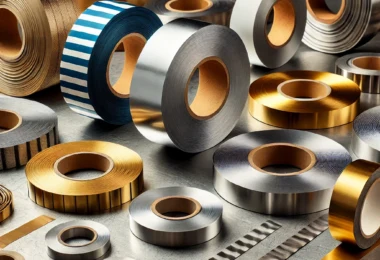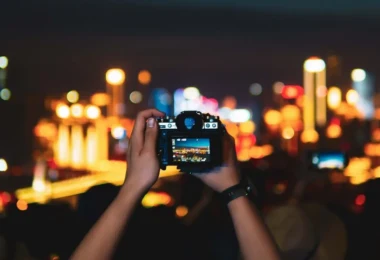
While many of us have picked up a scar or two during our growing years, few people actually have a good understanding of scars – what they are, why they form and how to treat them.
For parents, this can sometimes result in a misunderstanding of what to do when their child has a cut or wound. And these misunderstandings can sometimes lead to scars becoming larger or more visible than they need to be.
In this article, we explore – and debunk – popular myths about kids’ scars.

“Don’t worry, they’ll grow out of it”
While scars may fade over time1 and as your child grows older, they are formed by fibrous tissue and cannot be “grown out of” – unlike your growing child’s shoes or clothes.
With that said, topical treatments like Dermatix® Ultra Kids can reduce the appearance of these scars. Being specially formulated for children, this treatment is gentle on sensitive and delicate skin, and suitable for use on infants as young as 3 months old.
“By covering the cut, it won’t scar”
When your child gets a cut, we certainly recommend cleaning the wound with water and soap (avoid using hydrogen peroxide or alcohol, as this can harm the tissue and delay healing2). However, simply cleaning the wound won’t guarantee that a scar won’t form.
That’s because scarring is a part of the body’s natural healing process. When the skin is damaged, collagen is released and builds over the damaged tissue to heal it. After some time, this build-up of collagen can result in a scar.3


“Soya sauce will make the scar darker”
This myth seems to be especially popular in Asian countries, where soya sauce is a popular ingredient and condiment. However, there is absolutely no scientific evidence to back this claim – whether you ask western-trained doctors or experts in traditional Chinese medicine (TCM).4
Instead of avoiding soya sauce, focus on treating the wound with care – this means cleaning it and avoiding the temptation to scratch, which could cause more damage to the skin (and result in excess collagen moving to the wound to heal it, which may end up as a raised scar).
“Aloe vera helps to heal scars”
While aloe vera isn’t proven to reduce scars, don’t toss your bottle of aloe vera gel away – as it does help to heal burns and superficial wounds (not deep surgical wounds). Since you’ve read this far, you’ll know that the first step to minimising the formation of scars is good wound management.
So, feel free to use aloe vera gel on light burns and small wounds – but once a scar a formed, switch to a scar treatment (like Dermatix® Ultra Kids) instead.

“There’s no home treatment for children’s scars”
Parents often advise other parents to avoid off the counter scar treatments, as most of these treatments have been formulated for adults – and that would be sound advice. However, the introduction of Dermatix® Ultra Kids means that parents can use a proven scar treatment formulation on their kids – even if they’re as young as 3 months old!5
The active ingredients in Dermatix® Ultra Kids – CPX and Vitamin C ester – work together to form a protective barrier to prevent further trans epidermal water loss, which balances the production of collagen and prevents further formation of the scar, while also lightening the appearance of the scar. This effectively lightens, softens and flattens fresh scars.6,7,8
Meanwhile, its quick-drying formulation doesn’t stain clothes and reduces the chance of infants and young children ingesting it.5

















